THE VERY BEST OF TOKYO – RECOMMENDATIONS FOR TRAVELLERS
(Part 1/3)
GENERAL INFORMATION
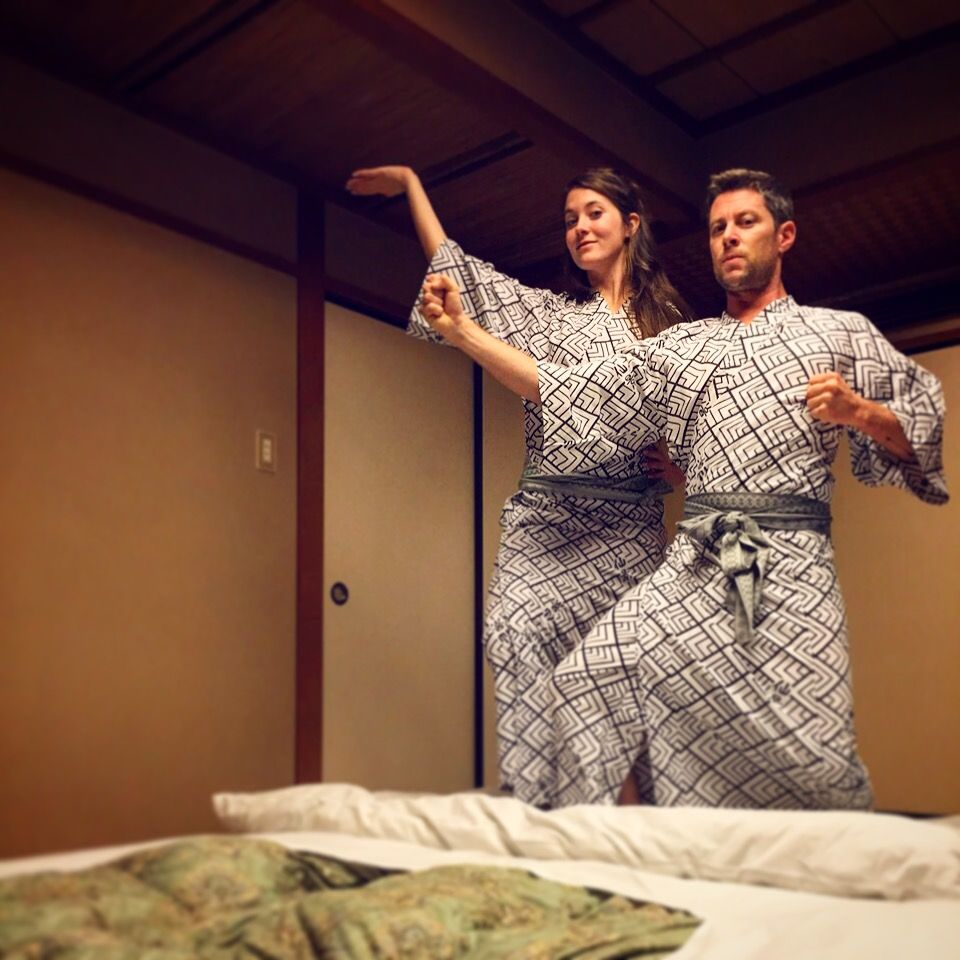
Tokyo travellers! How daunting is the prospect of getting lost in a city of 38 million souls? A network of spidery streets sprawling through layers of restaurants, shops, hotels, karaoke bars and office buildings! And places with names that sound like syllables glued together by a four-year old. But do not despair for the ultimate Tokyo guide is here to take you by the hand…
Yes, as a Tokyo resident, I spend considerable time and energy giving out tips and info to friends and friends of friends on their way to Tokyo, so I thought I’d spare myself some of the work and share it here for you Alvinologists.
Obviously this is a non-exhaustive list, and chances are you won’t be spending enough time in Tokyo to do it all anyway. Tokyo is huge and never-ending, so feel free to roam the city and live your own life. If you’re a friendly face looking to visit Tokyo, and you’re not a complete otaku, a manga freak, a cosplay enthusiast, an uppity hipster or whatever, this guide is for you.
This guide consists in three parts:
Part I deals with question such as when to come, where to stay and how to get around, with additional info about Wi-Fi and stuff.
Part II deals with areas and neighbourhoods, and dishes out recommendations specific to each one. You’ll find plenty of ideas of things to do in Tokyo.
Part III focuses on day-trips out of Tokyo and adds a few highlights and recommendations…
So let’s get started!
WHEN TO COME
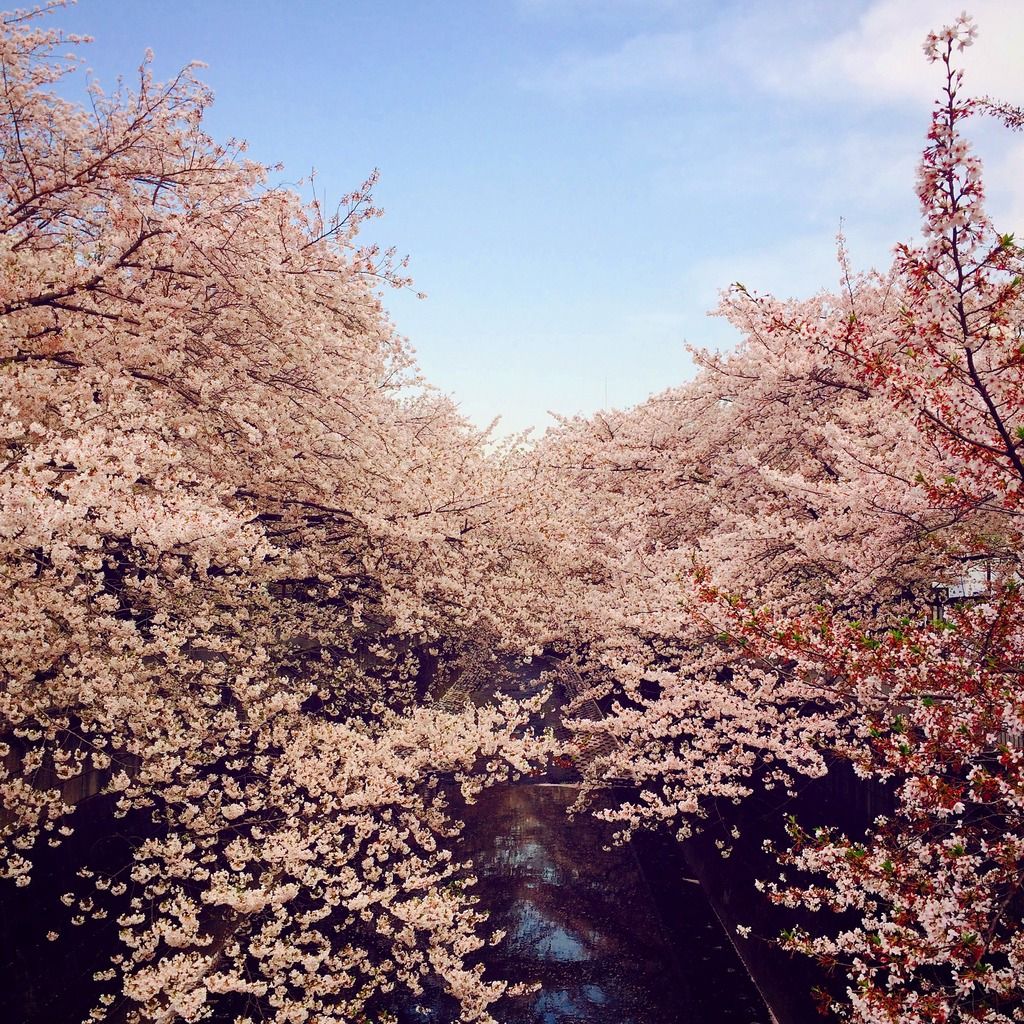
Most people want to come to Japan around the end of April to see the cherry blossoms. Sure, they’re beautiful, but Japan is hyper packed at that time of year, and the weather is not necessarily the best. Plus, plane tickets get stupidly expensive and hotels can be hard to come by. I would recommend coming in May – a sunny month when the weather gets nice and hot too. Otherwise aim for end of October/November for the superb kōyō (autumn colours), which are just as stunning as the cherry blossoms. The weather is generally good and it’s still warm. Winter (December through to March) is also amazing, with blue skies and some great snow if you’re into skiing, but be warned that it does get very cold.
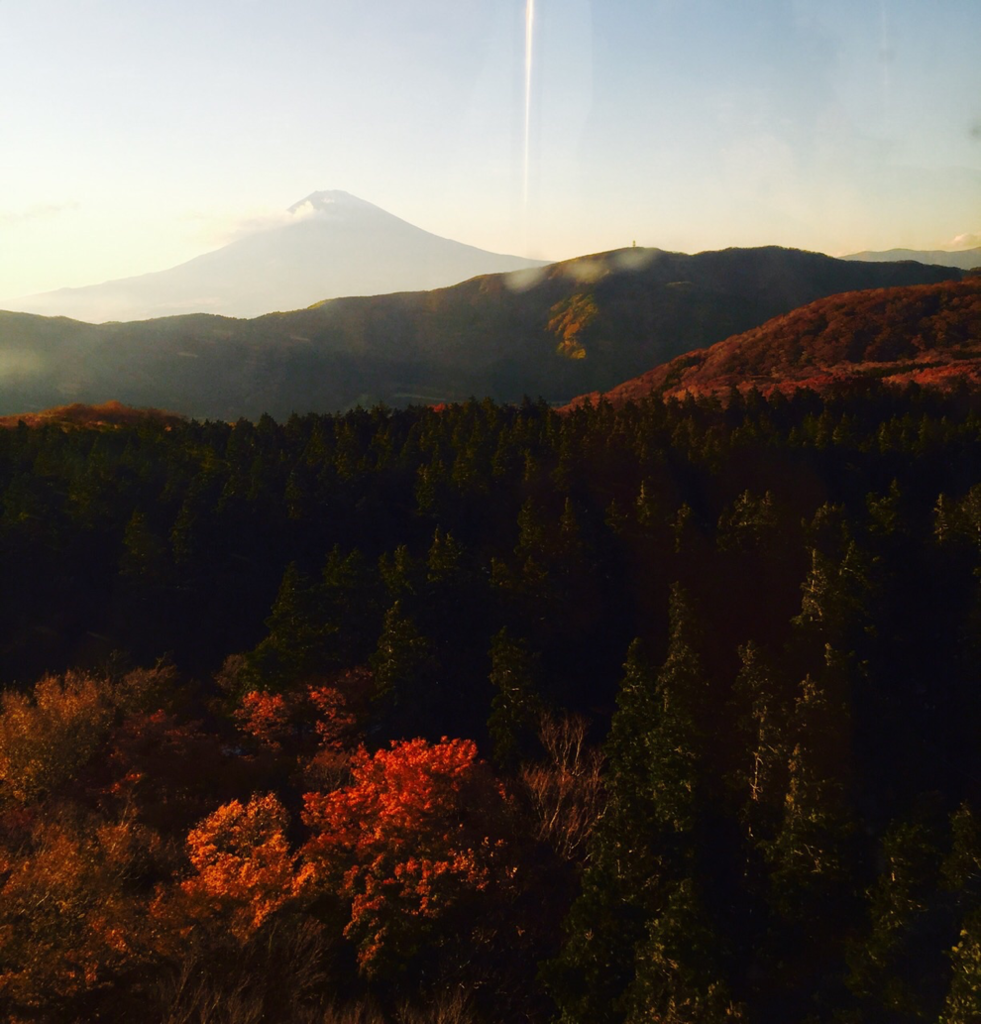
Avoid June and July, August and September. October is touch and go. Early summer means rain season. Chances are you won’t get hit too much – but be warned: it could rain relentlessly for two weeks. Once July kicks in, the heat is sweltering. It’s hot and wet and unbearable. Come August, the typhoons start hitting the island, so that’s not great either. It might mean cancellations and days stuck inside, so it’s not the best time to travel. Alternatively, Hokkaido tends to be more sheltered, so travelling North is always an option. If you do decide to come during those months, there are still things to do, with festivals a-plenty and fireworks (especially in August).
WHERE TO STAY
Stay central! Whatever you choose – hotel, AirBnB, traditional Japanese inn (ryokan) – make sure you keep it central. Subway lines stop running quite early and you might be happy to have a night out and be able to walk, cycle or take a taxi home.
Shibuya is always a safe bet. Otherwise, check Yoyogi, Omotesando, Shinjuku or Ebisu and surroundings. On the other side of town, Ueno and Akasaka are very popular. It is good to be within 10-15 minutes walking distance of a subway station. Keep in mind that Tokyo is huge and remote places might require several subway changes. Whatever you do, try and avoid having to change in Shinjuku – the biggest station in the world is a nightmare to navigate in.
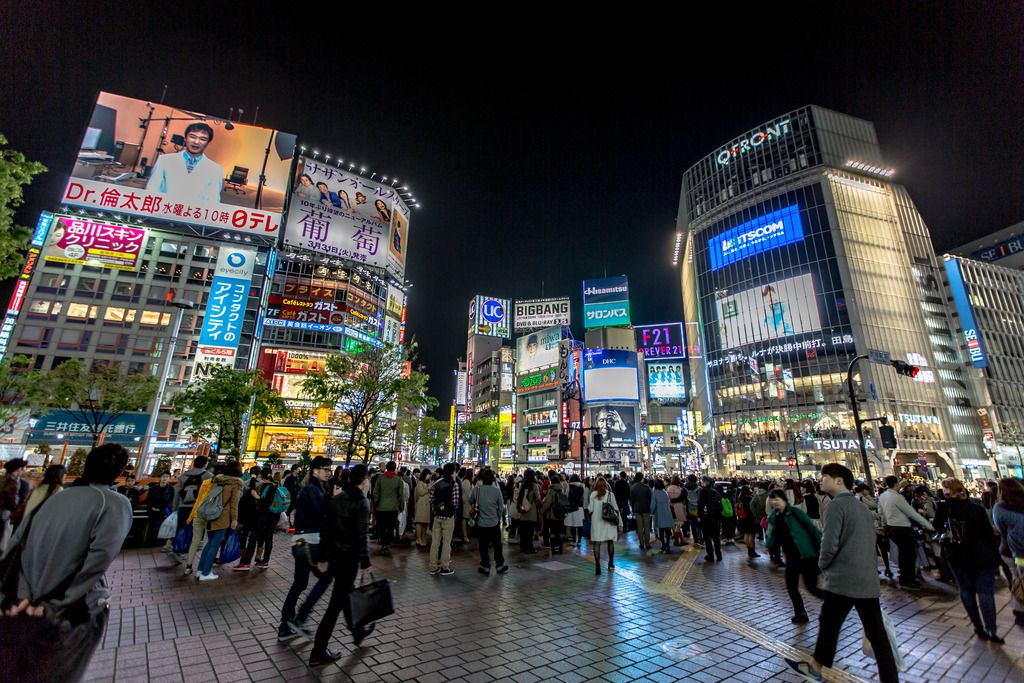
If you’re going to travel elsewhere in Japan, don’t bother with ryokans in Tokyo. There are some good ones, but you’ll get better offers in more remote places. Think location. Be warned, flats are tiny – but they’re comfy and fun. If you’re going to use AirBnB, try looking at flats which aren’t facing a huge street – you’ll be happy with the peace and quiet. If you insist on a ryokan, Tokyo has some good ones too.
If you go for AirBnB, make sure that the apartment/room comes with a Pocket Wi-Fi device, which is an absolute must in Japan. You can also rent pocket devices for the length of your stay at the airport (check the airport’s website). Alternatively, there are plenty of Starbucks in Tokyo which have free Wi-Fi access, but be warned that you need to have an account first to be able to access the Wi-Fi, so do that while you’re in the comfort of your home.
GETTING AROUND
First, get a Pocket Wi-Fi device (see above).
Subway
Getting around in Tokyo is fairly easy. To navigate the subway system, get a SUICA card on one of the machines (which operate in English too) in any station, charge it up and you’re off and running. Use Google maps to map out your route. Always. Be aware that there are several subway companies (the green JR lines and the other colours), so you sometimes have to juggle between them.
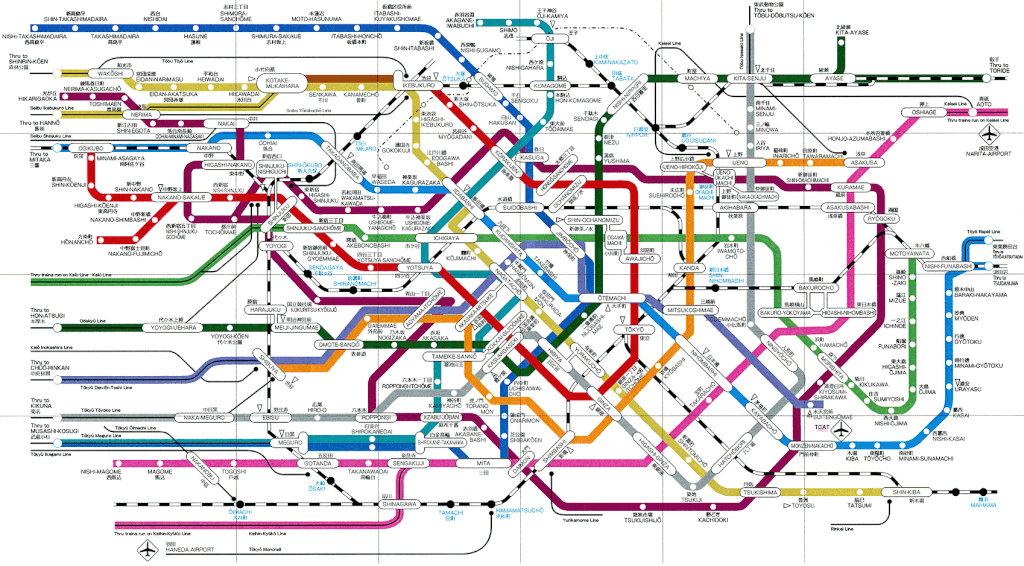
Bikes
Alternatively, you can use a bike. Tokyo is fairly flat and easy to get around – even easier with an electric bike. It’s also generally safe for cyclists. Plus, a bike lets you see a lot more of the city. You can rent a bike here. A good thing to know is that bikes are welcome on sidewalks here too. Basically, as long as you’re careful, everything goes.
Walking
Walking is great, but Tokyo is a huge city, so it’s not a viable alternative in the long run, unless you’re looking to take part in the 2020 Olympics. Still, it’s a great city to stroll in (except in the summer) so get your walking shoes on. Make sure you’re using your Google maps app though before you get lost in the city’s intricate network of roads and alleys. You can also walk at any time of day or night in every neighbourhood. Tokyo is generally super safe and even walking through the red-light district of Kabukicho at 4 a.m. is fine (don’t push it however).
Cars
Cars are easily available for rent. If you’re looking to visit Tokyo, avoid cars though. There’s not really much traffic in the city, but parking is painful, highways are hell to navigate and tolls are stupendously expensive (getting on the Aqualane Bridge to Chiba is one of the worst motorist’s ordeal to suffer). If you’re going to rent a car for your journey through Japan, start outside of Tokyo.
Taxis
Taxis are fine and very useful and drivers are trustworthy. You can hail taxis from any street corner. Write down the address you’re looking to get to or have it ready on your smartphone and show it to the driver. Taxi doors are automatic so don’t touch the door yourself. Drivers will open and close them themselves. Sit back and enjoy the ride.
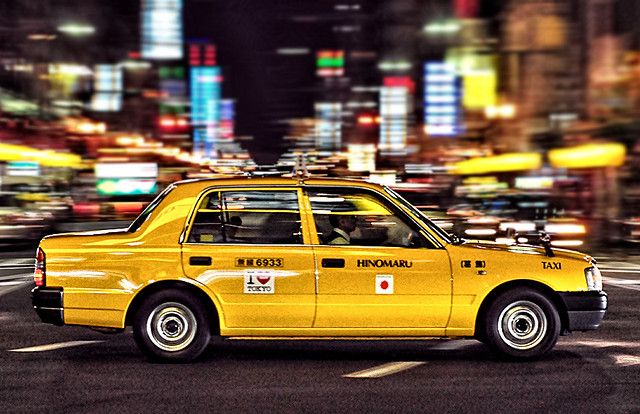
Head over to Part II for a guide to Tokyo’s best areas and neighbourhoods…
Follow me on Instagram @alxcrkr









![[Review] OPPO Find X8 Pro: Powerful Camera Co-developed with Hasselblad, Powerful AI [Review] OPPO Find X8 Pro: Powerful Camera Co-developed with Hasselblad, Powerful AI - Alvinology](https://media.alvinology.com/uploads/2024/11/oppo-findx8-pro-06-1024x576.jpg)


